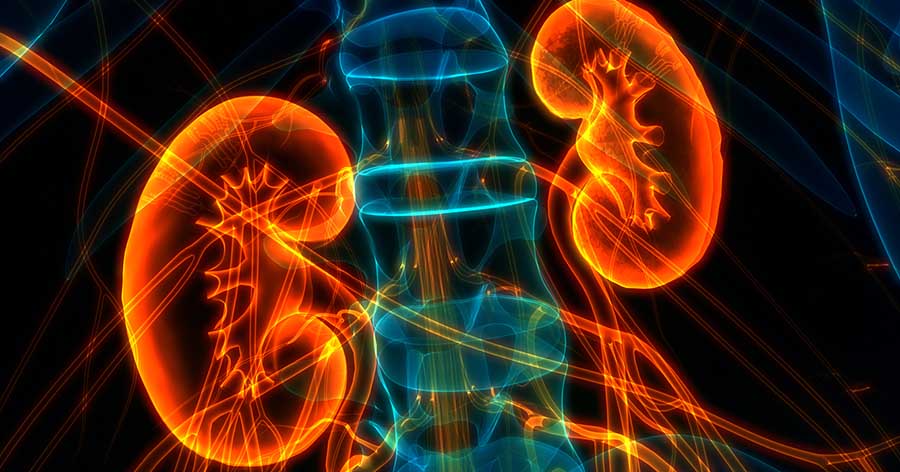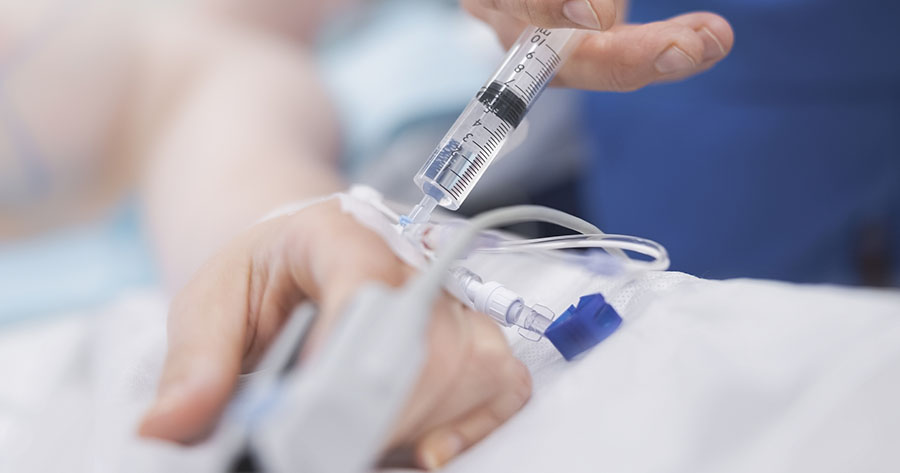By Colin Kenny, Editor – Diabetes Distilled
The Primary Care Diabetes Society (PCDS) and the Association of British Diabetologists (ABCD) have issued a joint statement recognising that it is possible to achieve remission in type 2 diabetes, although there currently is no single internationally-acceptable definition of this condition. The statement proposes a practical definition of type 2 diabetes remission involving weight loss, achieving fasting plasma glucose of <7 mmol/L or HbA1c <48 mmol/mol (6.5%) and the cessation of glucose-lowering therapies. They believe 6 months to be a reasonable duration over which any given level of glycaemia should be maintained before remission can be diagnosed.
Evidence shows that type 2 diabetes can be reversed and that the remission of type 2 diabetes can be achieved, either through bariatric surgery or by changing diet and lifestyle dramatically. In addition to this, the control of diabetes can be significantly improved, allowing individuals to reduce or come off glucose-lowering therapies. The mechanism underlying the remission of diabetes – a reduction in the fat content of the liver and pancreas – is dependent upon beta-cell capacity for recovery. Many people with type 2 diabetes want to be free from the social stigma they feel to be associated with the label ‘diabetes’, to decrease the number of tablets they need to take, and to be free from the threat of complications. This is an important reason for defining remission. Another major reason for defining remission is to allow objective information to be gathered from medical records for monitoring purposes.
The PCDS and ABCD propose remission to be when a person with confirmed type 2 diabetes has achieved all three of the following criteria:
- Weight loss
- Fasting plasma glucose or HbA1c below the World Health Organization diagnostic threshold (<7 mmol/L or <48 mmol/mol [6.5%], respectively) on two occasions separated by at least 6 months
- The attainment of these glycaemic parameters following the complete cessation of all glucose-lowering therapies.
They assert that the achievement and maintenance of HbA1c of <48 mmol/mol (6.5%) (or fasting plasma glucose <7.0 mmol/L) after weight loss and the discontinuation of all glucose-lowering therapies over 6 months or longer allows a clear, evidence-based diagnosis of remission to be made.
To access the publication, click here






